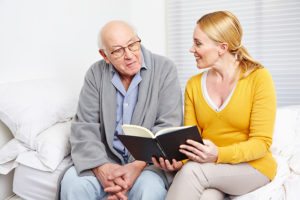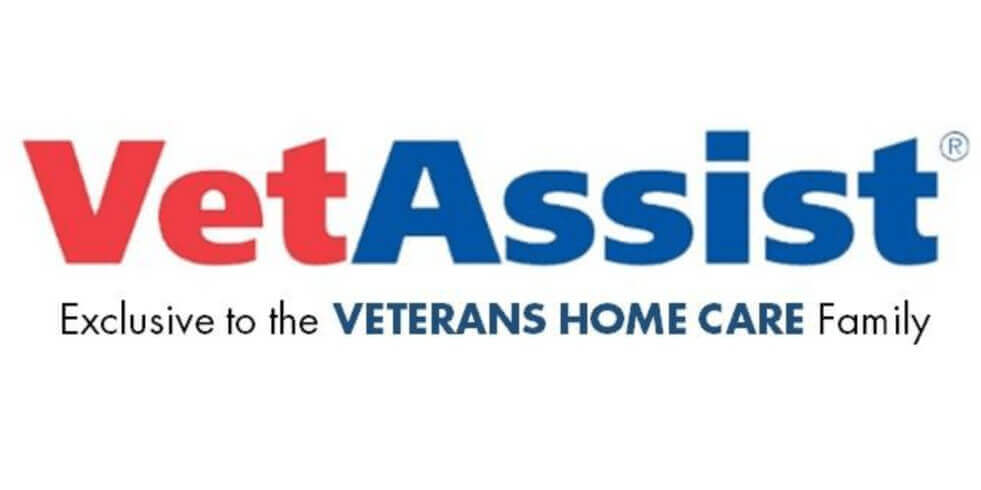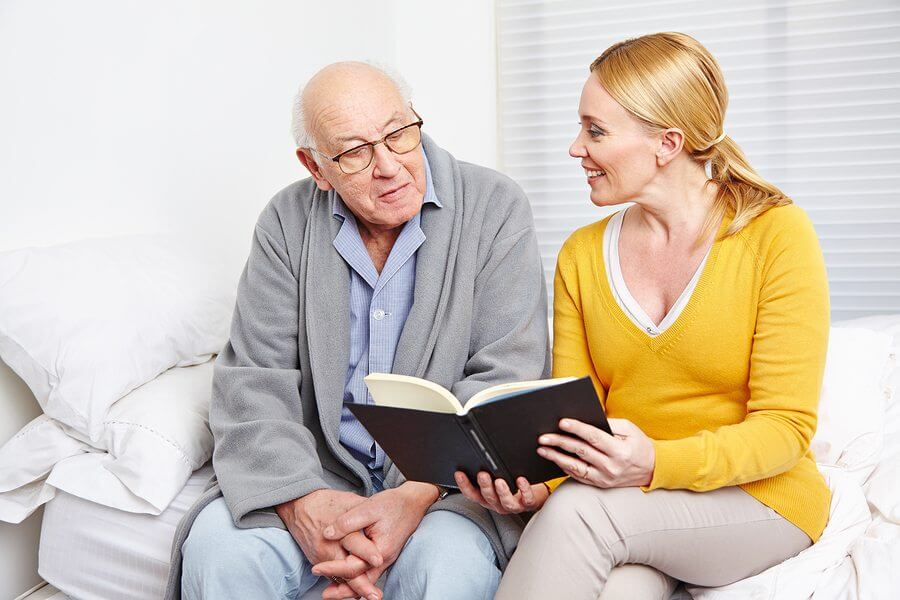Stroke, Home Care and the VA Aid and Attendance Benefit
 Strokes can occur at any age but are more likely to happen the older we get. If an elderly veteran has had a stroke recently, he or she could face a lengthy recovery process when discharged and sent home. That veteran may have to spend a week or more in the hospital and then a couple of weeks, up to a month or more at a skilled nursing facility before returning to the comfort of home to continue with recovery.
Strokes can occur at any age but are more likely to happen the older we get. If an elderly veteran has had a stroke recently, he or she could face a lengthy recovery process when discharged and sent home. That veteran may have to spend a week or more in the hospital and then a couple of weeks, up to a month or more at a skilled nursing facility before returning to the comfort of home to continue with recovery.
Getting the right support is one of the most important aspects to recovery. May is Strike Out Strokes Month and below are four steps to help reduce the risk of stroke or having another one occur in the near future.
Step #1: Rely on home care support.
Whether the senior is at risk of a stroke or has had one, a home care aide can be a valuable resource. This is an individual who can help the senior through many aspects of recovery or just daily life.
Veterans and their surviving spouses may qualify for the Aid and Attendance Pension Benefit to help pay for home care if they have limited assets and income, were honorably discharged and served during wartime.
Step #2: Eat right.
The kinds of foods a person eats has a direct influence on the rest of his or her health. Eat foods that are low in fat (cholesterol) and low in salt (sodium). The American Heart Association recommends eating less than 1,500 mg of sodium a day. Eat foods that are high in omega-3 fatty acids, most commonly found in fish. These changes can all help reduce at least some risk of stroke.
Step #3: Get exercise.
Getting exercise helps to improve the heart muscles and circulation. However be sure to check with your doctor on what activities are medically safe for you. Improved circulation may help reduce certain health risks, including heart attack or stroke.
Step #4: Reduce stress.
When a person is overwhelmed with stress, it increases many health concerns, including stroke. Helping a stroke survivor reduce stress can be challenging, but having the right support can alleviate a significant amount of stress.
By focusing on these steps, especially hiring a professional and experienced home care aide to help out and reduce stress, the elderly veteran will likely lead a more active, satisfying life.

















